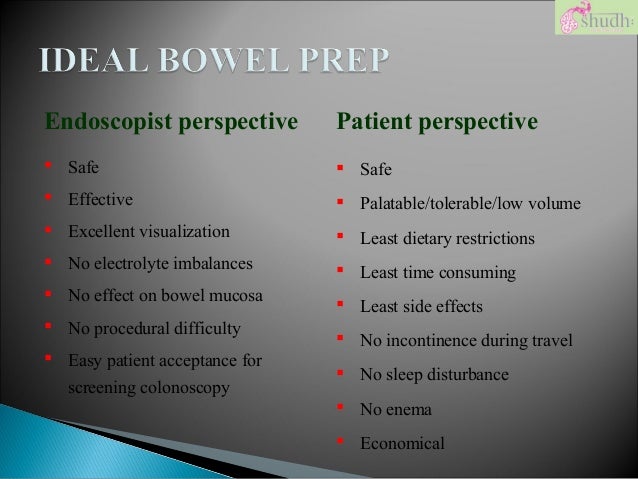

Generally, colonoscopy perforation was defined as intraperitoneal fat or viscera seen during the colonoscopy, or the presence of radiographic abnormalities (intra-abdominal free air on X-rays, or localized or diffuse release of gas or intestinal fluid into the peritoneum on computed tomography (CT) scans). It happens very rarely, but it is a feared adverse event with high morbidity and considerable mortality. PERFORATION TIME TRENDS AND REGIONAL DIFFERENCESĪ colon perforation is a well-known adverse event resulting from colonoscopy. Based on recent large-scale studies, this review will discuss trends in the occurrence of adverse events (perforation, bleeding, and others) related to colonoscopy, regional differences, and oversight of complications at the national level. It is therefore important to know exactly how the adverse event occurs in actual clinical practice and how it develops. In particular, complications, such as perforations or massive bleeding, may seriously affect the patient. It therefore must be recognized that colonoscopy-related adverse events could even be harmful to healthy people. For this reason, the role of colonoscopy in population screening tests (even in asymptomatic and previously healthy populations) is becoming increasingly important. The incidence rate of adverse events changes according to the characteristics of the patient or the endoscopist, the type of procedure, and time trends.ĭetecting neoplastic lesions during a colonoscopy prevents CRC. However, the proportion of adverse events associated with colonoscopy varies widely in practice. ESGE proposed a rate of < 5% for bleeding and < 1:1000 for perforations. The European Society of Gastrointestinal Endoscopy (ESGE) also recommends appropriate rates for colonoscopy-related adverse events. The incidence of perforations is < 1:500 for all examinations and < 1:1000 for screenings. According to the American Society for Gastrointestinal Endoscopy (ASGE)/American College of Gastroenterology Task Force on Quality in Endoscopy, post-polypectomy bleeding occurs in < 1% of cases. Recently proposed colonoscopy quality indicators have suggested appropriate performance targets for adverse events. As the proportion of subjects with risk factors increases, it is essential to identify and reduce these adverse events. Although colonoscopy-related adverse events rarely occur, the need for colonoscopy is increasing. In addition, the number of colonoscopies is also mounting in both patients with comorbidities as well as elderly patients due to increasing life expectancy. As colorectal cancer (CRC) screenings and surveillance increase worldwide, the number of colonoscopies required is also steadily increasing. In this review, we discuss the current trends in colonoscopy related to adverse events, as well as the challenges to be addressed through future research.Ĭolonoscopy is a widely used method for diagnosing and treating colonic disease.

In addition, a structured training program for endoscopists and a systematic national management program are needed to reduce post-colonoscopy complications. It is important to use a unified definition and refined data to overcome the limitations of previous studies. The incidence of post-colonoscopy complications increases in elderly patients or patients with inflammatory bowel diseases. Most studies about adverse events related to colonoscopy were performed in the West, and relatively few studies have been conducted in the East. Recent large studies (≥ 50,000 colonoscopies) have reported post-colonoscopy bleeding occurring in 0.001-0.687% of cases. Bleeding is a more common adverse event than perforation. The trend in the overall perforation rate in the past 15 years has not changed significantly. The perforation rate, as reported in large studies (≥ 50,000 colonoscopies) published since 2000, ranges from 0.005-0.085%. A colon perforation is a severe complication with a relatively high mortality rate. Large-scale studies using big data for post-colonoscopy complications have been reported. The number of colonoscopies is increasing worldwide, and concerns about associated adverse events are growing.

Colonoscopy is a widely used method for diagnosing and treating colonic disease.


 0 kommentar(er)
0 kommentar(er)
